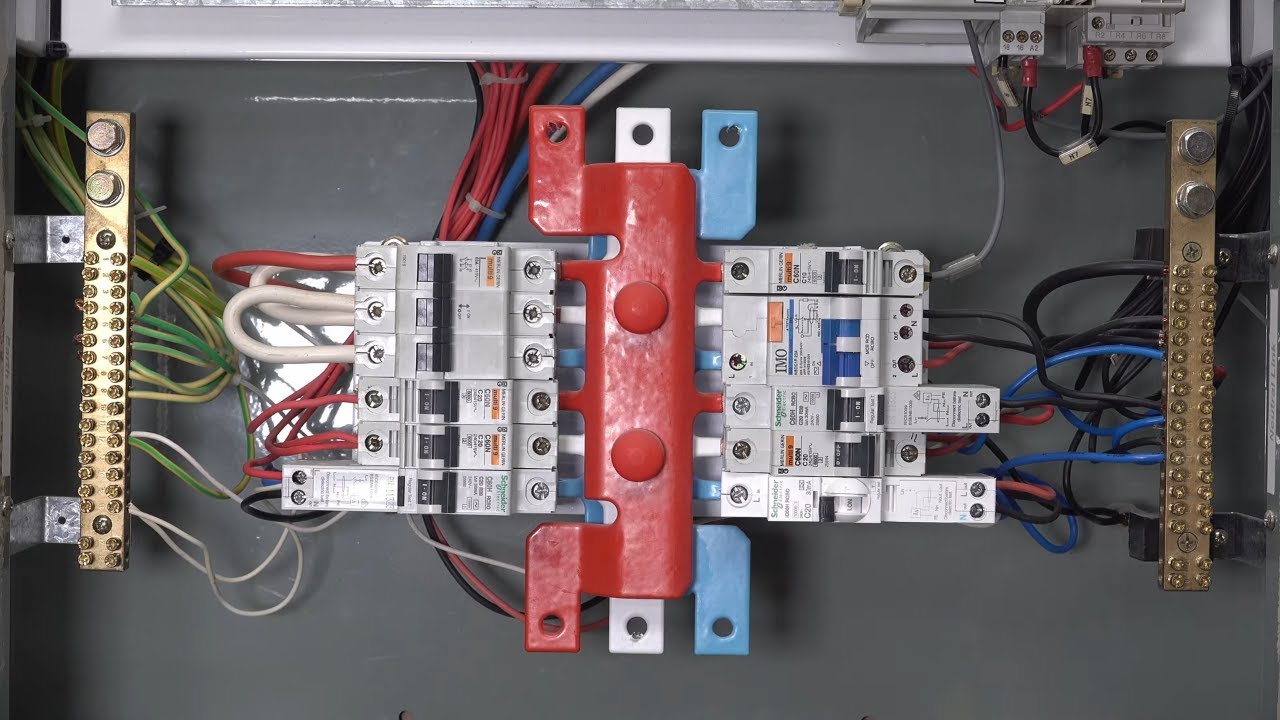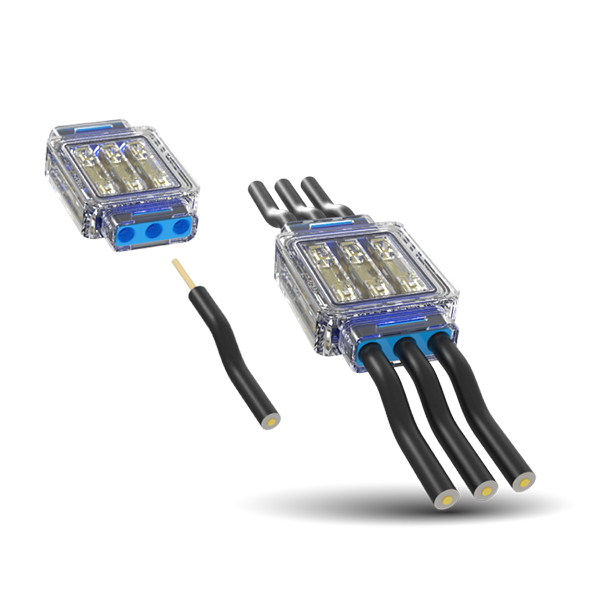Over the past decade or so we have seen a dramatic rise in the average global temperature. Due to numerous factors, it is becoming increasingly apparent through extreme weather and overall high temperatures throughout the world. The impact of Global Warming in industrial facilities is becoming a paramount concern.
What is happening?
July 2023 has seen multiple global temperature records broken, securing its place as the hottest July on record since 1945. Phoenix, Arizona has had a month straight of 110 degree weather, only breaking the last day of the month.
Not only does this translate into our everyday lives, but can also contribute to a needed change in working environments as well. When temperatures that were not normally met very frequently have started to cement themselves as the new normal, things must be changed in the workplace in order to maintain an efficient working order. OSHA has started to install new regulations that aim to protect individuals from extreme heat scenarios in response.
To ensure employee and asset safety, certain measures must be taken in the area of temperature monitoring. Employees and workers themselves are at risk for heat related illnesses and injuries and new measures are starting to be implemented.

What are some solutions?
These measures include personal temperature monitors that each employee would have, that assist in making sure they are in safe working conditions. Heat reducing clothing has become a preliminary line of defense to make sure these workers have defense against the elements.
The need for reform consists mostly of industrial facilities that deal with hazardous fuels or substances that are prone to malfunction when exposed to prolonged high temperatures. Coal plants (and other fuel storage facilities), power plants, and even chemical / pharmaceutical facilities are subject to increasing disaster events due to the rise in temperatures.
Global Warming in Industrial facilities, and especially recycling plants, are needed more than ever to help combat the changing climate and reduce carbon emissions. These facilities are prone to various hazards, but fires are the prominent danger to assets and workers.

Another great solution would be to install linear heat detection (LHD) systems throughout the facility to monitor temperature environments.
How can LHDs help?
LHD systems act as a way to track the heat levels in a variety of applications, from entire room monitoring to focusing on a singular machine heat level. This way safety teams can see if temperatures are rising, insinuating higher risk of heat related injuries or disasters. Global Warming in industrial facilities isn’t going away anytime soon.
In order to mitigate these heating complications, these sensors act as a preventative measure. The easiest way to scale down the occurrence of these issues is to make sure they don’t happen in the first place.

Preventative measures save companies a large amount of money in the long run. Destructive fires can result in millions of dollars in losses and suspend business operations indefinitely. The payout for workers compensation is also avoidable with the right systems in place.
These new conditions are starting to become the norm and in order to assure the overall safety of the workplace, action is needed. All companies and their employees are at risk to these evolving conditions, so don’t be left behind. Take the right preventive steps today to establish a safe working environment as the concern of global warming in industrial facilities rises and save potentially millions in the long run.
If you are interested in learning more about linear heat detection systems, head over to our website at www.senkox.com to learn more about how ‘your safety infrastructure safety monitor’ can help.



